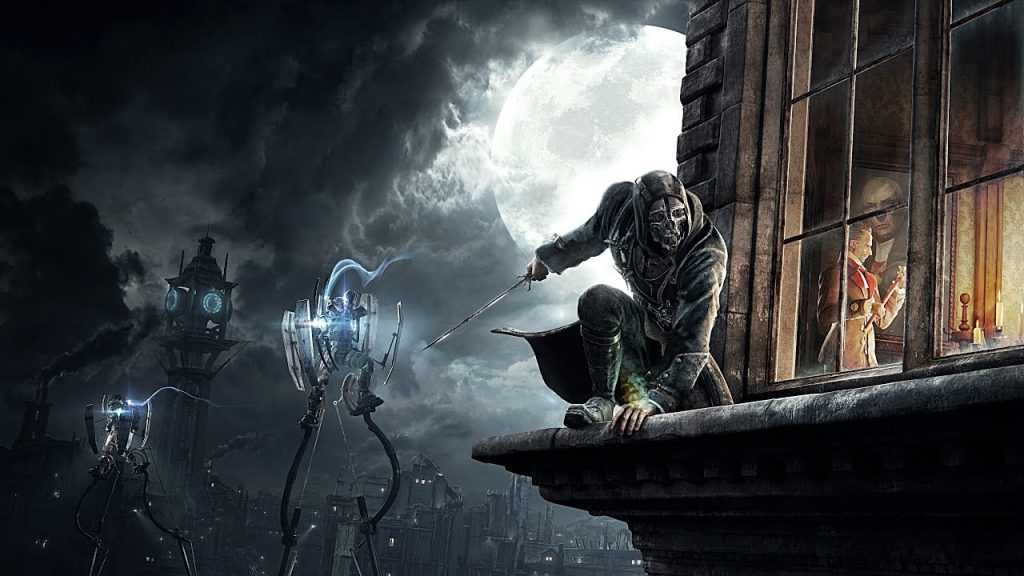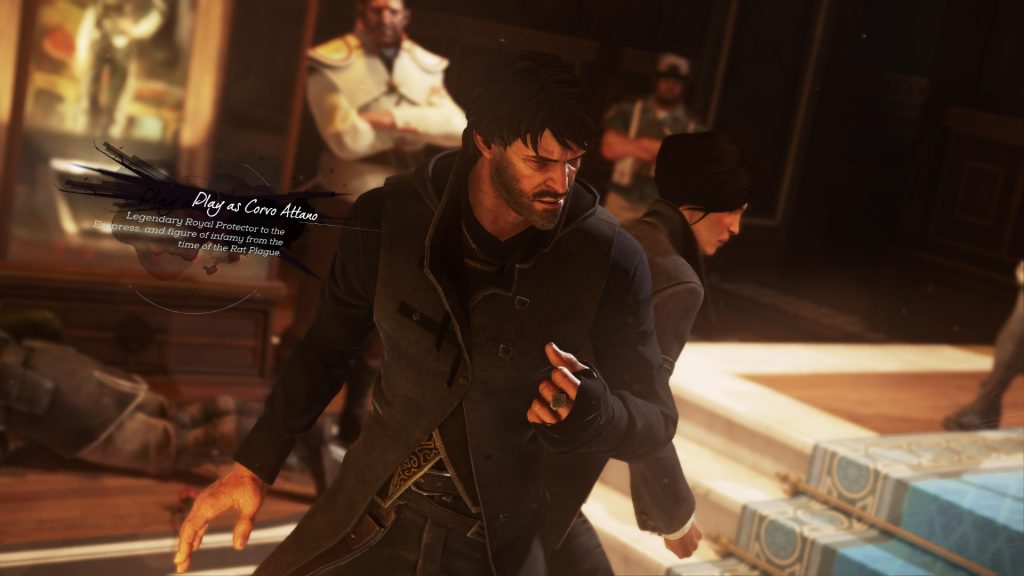When it comes to ambitious sequels in gaming, few titles have generated as much intrigue as Dishonored 2. The follow-up to Arkane’s critically acclaimed stealth-action masterpiece had some mighty big shoes to fill, and as it turns out, those shoes were made of solid gold.

Recent revelations from a former Arkane Lyon designer have pulled back the curtain on some fascinating details about the game’s development. What’s particularly eyebrow-raising is how the project’s budget managed to outstrip one of gaming’s biggest money-makers of all time.
And while the numbers might make your wallet weep, it’s the story behind those figures that really gets interesting. After all, when you’re trying to follow up a game that sold over 3 million copies on PC alone, sometimes you’ve got to break the bank.
When Dishonored 2 launched in November 2016, it found itself caught in a perfect storm. Sandwiched between heavy-hitters like Battlefield 1 and Watch Dogs 2, and hampered by Bethesda‘s controversial one-day review policy, the game’s initial reception wasn’t quite what anyone had hoped for.
Speaking to PC Gamer in a recent interview, former Arkane Lyon designer Julien Eveillé revealed that Dishonored 2‘s development costs exceeded those of The Elder Scrolls V: Skyrim, a fact that naturally raised some eyebrows at Bethesda:
I think when Bethesda was looking at the numbers, they thought, OK, Skyrim sold so much. And it cost less than Dishonored 2 to make. So they were asking questions.
But Arkane Lyon had an ace up their sleeve. Their reputation for designing meticulously detailed worlds and intricate gameplay systems had earned them what Eveillé calls a “seal-of-quality protection”:
From an executive spend standpoint, it makes sense to ask those questions of, ‘Why should we keep going with you?’ But we knew that we had a kind of seal-of-quality protection, making what would maybe be considered the most refined games of the whole Bethesda catalogue.
The game’s launch week sales dropped 38% (via Metro) compared to its predecessor, but the quality of its craftsmanship was undeniable. The Clockwork Mansion was (and continues to be) a testament to Arkane’s innovative level design, while Stilton Manor’s time-shifting mechanics pushed the boundaries of what players thought possible in a stealth game.
Technical issues on PC might have dampened initial enthusiasm, but Dishonored 2′s ambitious design choices and uncompromising attention to detail showed exactly where that hefty budget had gone. Each level was a carefully constructed playground of possibilities, offering players unprecedented freedom in how they approached their objectives.

Fast forward to now, the story of Dishonored 2‘s ambitious development hits different. While Arkane Lyon continues to push boundaries with their upcoming Marvel’s Blade project, their sister studio in Austin wasn’t so lucky. The Texas-based team joined the growing list of Microsoft’s studio closures last May, leaving many to wonder about the future of ambitious, quality-focused game development.
Yet, it’s perhaps Arkane Lyon’s very approach to game development—that unwavering commitment to quality over cost-effectiveness—that has helped them weather these storms. Their “seal-of-quality protection,” as Eveillé puts it, has proven to be more than just a shield against budget concerns; it’s become their ticket to continued creative freedom.
Looking at the studio’s trajectory from Dishonored 2 to their current work on Blade, we can see how this philosophy has evolved.
While the higher development costs of their 2016 masterpiece might have raised questions at the time, they also established Arkane Lyon as a studio that wouldn’t compromise on their vision—a reputation that has arguably become more valuable than ever in today’s gaming market.
What do you think about Arkane’s approach to game development? Was Dishonored 2‘s higher budget justified by its quality? Share your thoughts in the comments below!
#Making #Dishonored #Expensive #Skyrim #refined #games #Bethesda #catalogue



